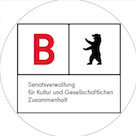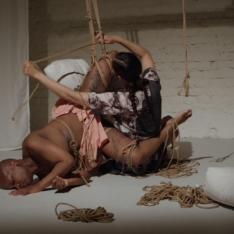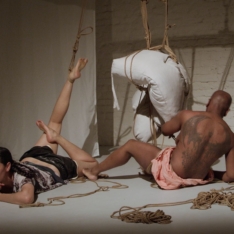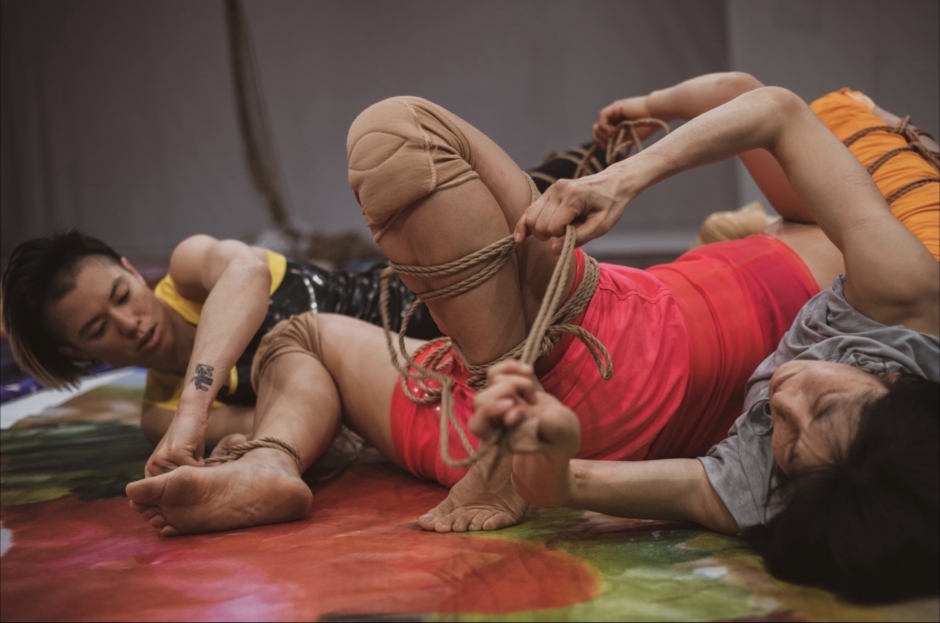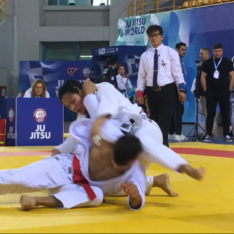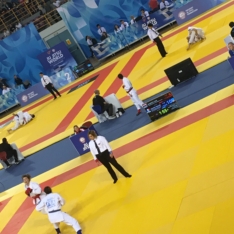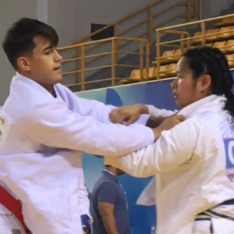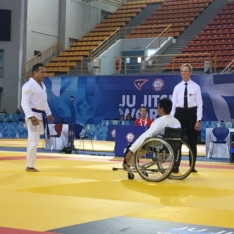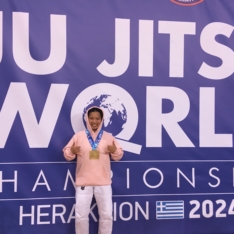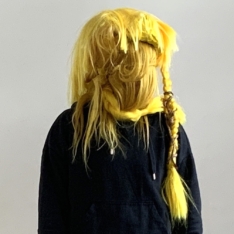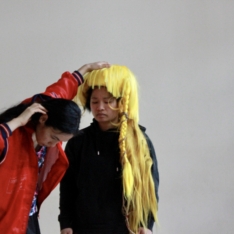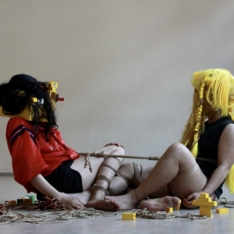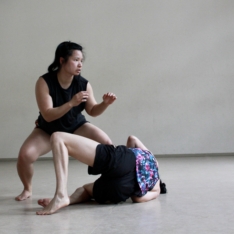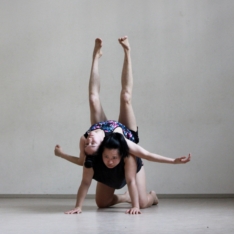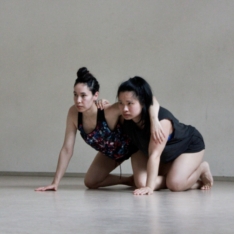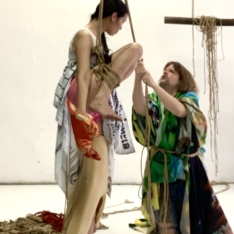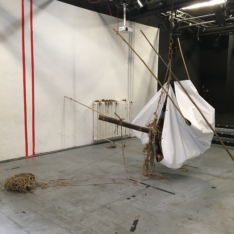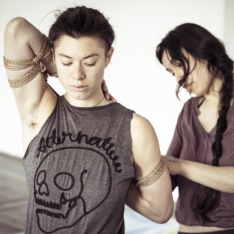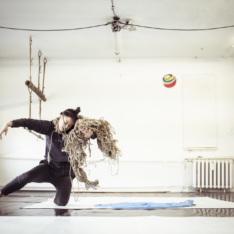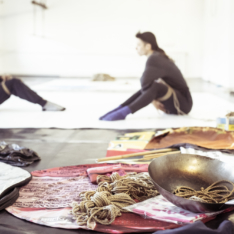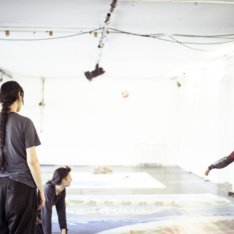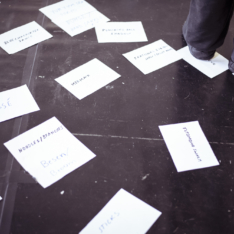Heraklion
An inspiration journey with Fungi Fung. A while ago Fungi said she is eligible for the BJJ (Brasilien Ju Jitsu) Para World Championship in Crete this year. Do it! I said, but the registration turned out too pricey. Take these dollars from the Tanzpraxis scholarship, we continue our choreographic research SPK (der Sommer-Phuong-Komplex, see below), and you bring gold home! ^^
Happy experiencing a new world of performing sports! An extremely beautiful competition hall with more than fifty nations competing. There were six fighting areas, many female referees and most interesting set up that during fights, coaches are allowed to sit behind a counter feedbacking and screaming advices, as from the outside they often have a better view on how to undo the complex Ju Jitsu drills. If you want, these locks look like a forceful killing embracement.
All para fights took place on the last day. Fungis opponent was a male fighter on the autism spectrum. It was important to know, as the para categories are put together by the official board and coaches, so that restrictions are relatively equal, and both fighters have a realistic chance to win. There was valuable briefing from Yakup Mutlu, a fighter himself, and Fungis dear friend and adviser to prepare her strategy. She hardly warmed up I wondered. It was all about mind setting, and became a beautiful fight. Two rounds. They both were so utterly present, like big cats spiraling. At the start one of the Brasi fans loudly macho laughed, seemingly shouting ‘you get her down in a second’, but Fungi submitted his companion in two rounds of three. The whole Brasilian team, and biggest BJJ para-organizer worldwide, were deeply fascinated by her dance-like style. Later in the day I documented the award ceremony, a.o. the Brasilien First Lady handing over gold medals, and one for Fungi! ^^
All in all I took more than 2000 photos, some videos and soul supported when possible. It definitely was a sweat producing challange, in such a testo-loaded sport event. We both admired the Mongolian and Kasachstan athletes like teenies.
The more I enjoyed running around as accredited photographer, being allowed to the edge of the tatamis, and highly aware of fighters crossing the outlines to quickly jump away.
The camera was my magnifying glas. Observing the rough take downs closely, feeling into, anticipating attacks and dramatic facial expressions after submission. Especially I liked the protocol before and after the fight. Bowing and respectfully shaking hands, that’s what I learned to little in ballet training – the sporty team spirit! One of the club board leaders told me, to shoot the as much as possible emotional snap shots for the German team, they appreciate it a lot.
For the choreographic research I am still pondering how to structurally access this form further. There is a lot of floor work, and so called ‚Duo’s’. Set sequences judged by realistic self-defense elements. One scenario for example was a person in a wheel chair taking down someone standing.
Anyway I am looking forward to take a few classes, and wonder if there is a queer, BiPoc fightclub in Berlin, to hopefully duet further with what Fungi and I started at Ada-Studio this year.
With many thanks to Senatskanzlei für Kultur und Medien Berlin / Tanzpraxis for the support of my choreographing research, and to the DJJB (Deutscher Ji Jutsu Bund).
